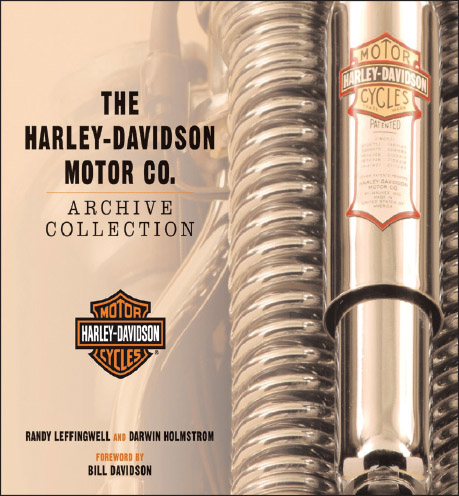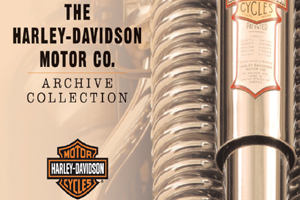The Harley-Davidson Motor Co. Archive Collection
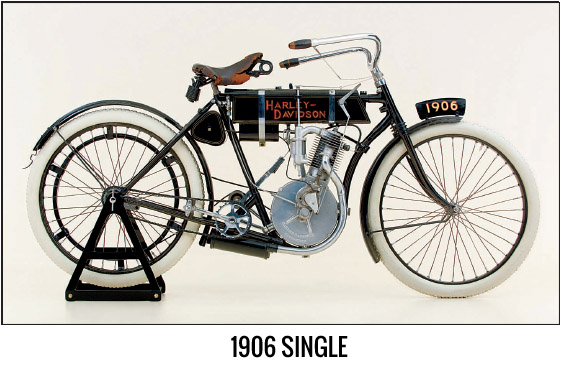
We have all heard the rags-to-riches history of one of the most revered motorcycle marques in the world, Harley-Davidson. We’ve heard the story of three Davidsons and a Harley starting the company in a backyard shed and building three vehicles back in 1903. Much of the early history of the company is the subject of conjecture and speculation, but some things we know for sure.
In 1903, there were more than 150 domestic motorcycle manufacturers in the United States, 7 of which were located in Milwaukee, Wisconsin, the same city in which Harley and the Davidsons began building motorcycles. As with most industries in their infancy, the majority of these motorcycle companies were short lived, either due to undercapitalization or to an inability to develop a distribution network and market, and then consistently serve that market. Harley-Davidson had sufficient capital and was able to develop an outstanding distribution network and market.
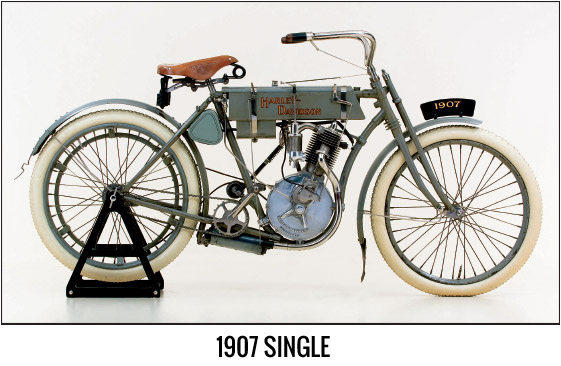
By 1920, Harley-Davidson had become the largest motorcycle manufacturer in the world, and by 1953, there were just two American motorcycle manufacturers left standing: Harley-Davidson and Indian, based in Springfield, Massachusetts. That same year Indian closed its doors. Today, Harley-Davidson corporate offices occupy the same buildings that used to house the original factory, which are just a stone’s throw away from the location of the original shed.
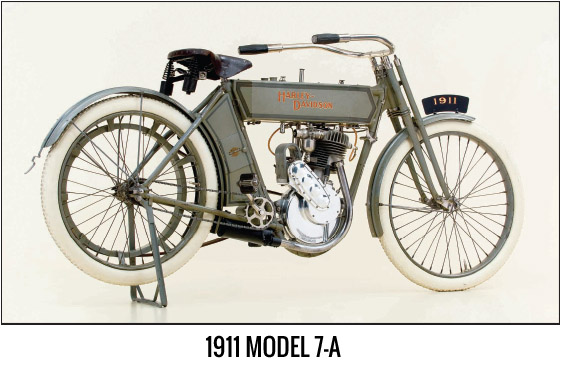
From the very beginning, all things Harley-Davidson came from Milwaukee. By 1973, when vehicle manufacturing moved to York, Pennsylvania, more than 1.25 million motorcycles had been built and shipped from this site. The Juneau Avenue complex, as it is now called, is listed in the National Register of Historic Places.
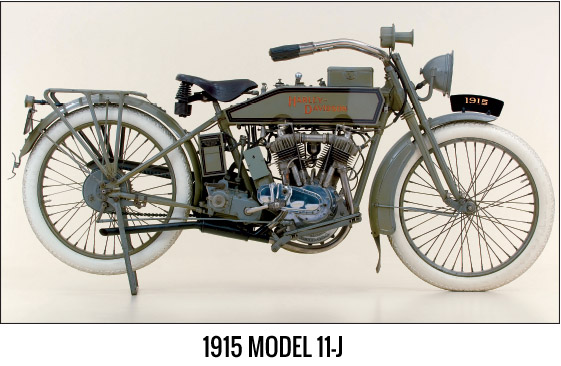
Housed in the 3800 Building is the Harley-Davidson Archives, a 3,100-square-foot area containing the company history in the form of historic corporate documents, literature dating back to 1905, service manuals, owner manuals, tens of thousands of images and photographic negatives, point-of-sale and advertising materials, dealer correspondence, rider apparel, and all manner of Harley-Davidson collectibles. This collection creates a rare historic timeline, preserved from the very early years of the company.
A separate space houses the vehicle collection, and above the padlocked gate, a sign reads: “Through this gate pass the oldest and greatest motorcycles in the world!” That’s what this book is all about: the Harley-Davidson vehicle collection. It’s the first comprehensive look into the only collection of its kind in the world.Many have speculated over the years about why the vehicle collection was started, a question for which there is no concert explanation. Whatever the reason, the fact remains that it does exist, and includes more than 450 vehicles. The core of the collection consists of vehicles from 1915—the year the collection was started—to the present.
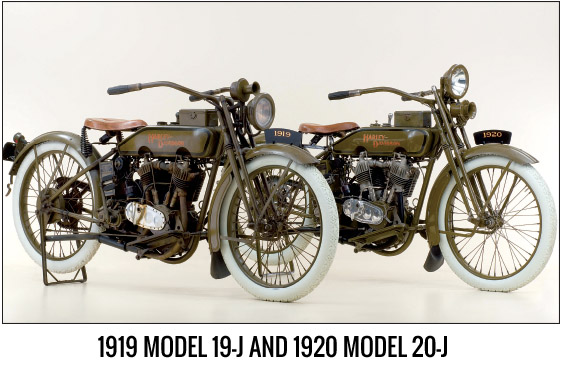
Most of these vehicles were taken directly from the production line and, in some instances, may have been engineering prototypes or test units. Vehicles from 1914 back to 1905 were actually re-purchased, either from owners or dealers in the field. To this day, at least one vehicle from each model year takes its place within the collection.
There are special-interest vehicles, as well as a Harley-Davidson boat, snowmobiles, golf cars, police vehicles, and prototype models that never saw their way to production. There are special, one-off customs used for advertising or dealer point of sale.
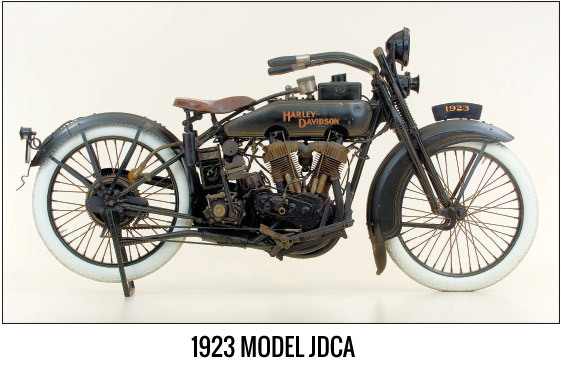
No other motor vehicle manufacturer had the foresight to save what Harley-Davidson has saved for more than 100 years. The archival artifacts chronicle more than just Harley-Davidson history; they represent the evolution of technology, styling, advertising, and product development. Most important, however, is that the collections reflect the lives of those who built, sold, and rode a true American Legend.
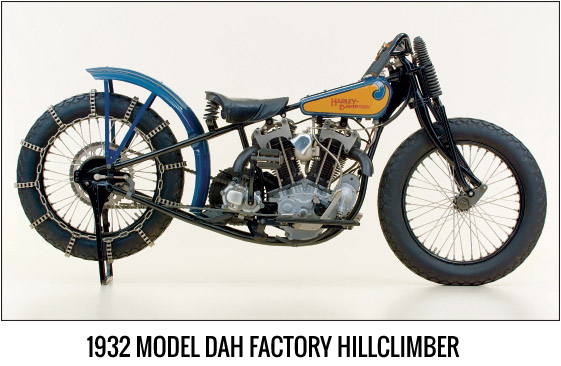
To dealers and riders of yesterday as well as today, thank you for keeping the Legend alive.
This book is the first in-depth look inside the Corporate Archives, and yet it embodies a mere fraction of the extensive collections housed at the museum site. So we sincerely hope that this presentation whets your appetite for a trip to Milwaukee in the not-too-distant future as you come to realize that the company founders had it right all the time—Milwaukee is the place to be.
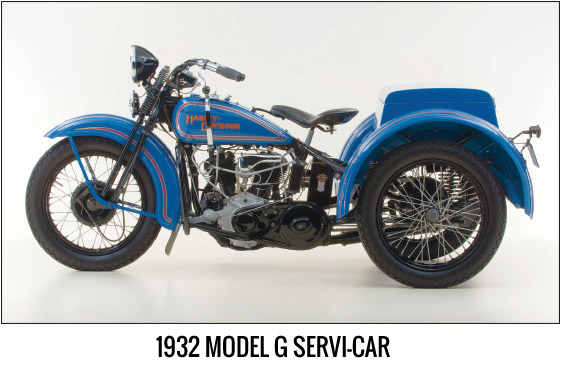
Publisher’s Note
“Motorbooks and Harley-Davidson hit a home run with this book; it’s a must have for all enthusiasts.” This book celebrates the American company who shaped motorcycle history … Harley-Davidson. Over 200 motorcycles from the archive collection are inside this book! You will drool over the photos (600 plus) as you witness the beauty and style of these history making machines.
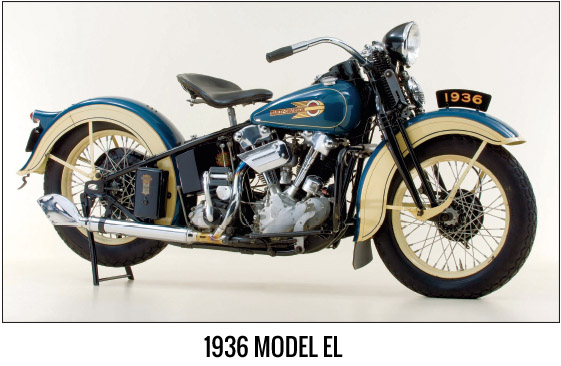
We’ve just scratched the surface with this extended review, wait until you see all the gems in this book’s collection! To sum it up I would say “unparalleled.” I can’t wait for the trip to Milwaukee to witness this firsthand because that’s where these gems are showcased, at the new Harley-Davidson Museum in Milwaukee.
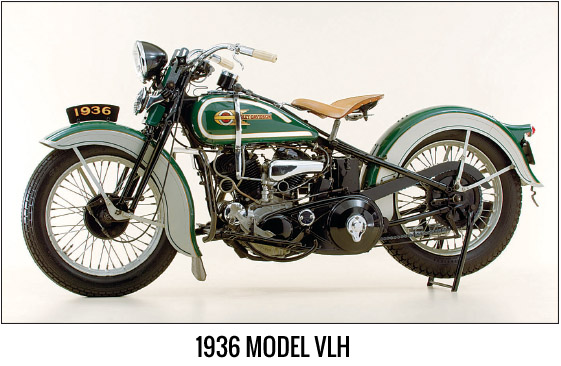
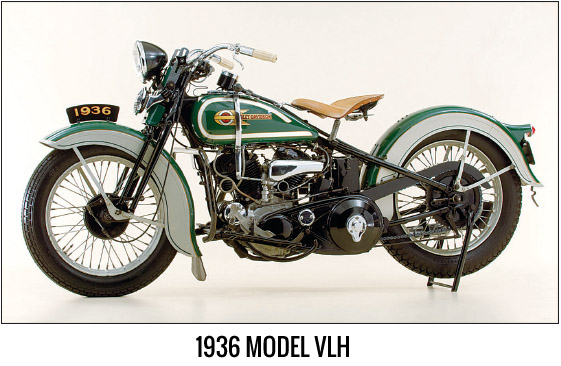
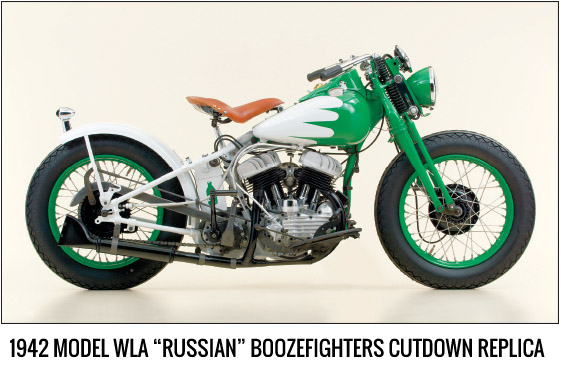
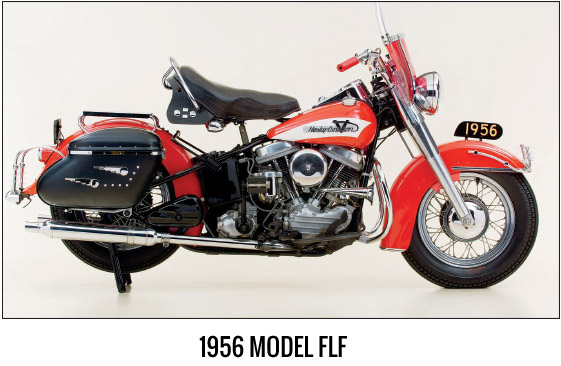
Visit www.harley-davidson.com to learn more about the museum.
“In closing I’d like to say you just don’t buy a Harley-Davidson to save on gas. You get one for the lifestyle and the freedom riding one provides. It’s life on the highway like never before. You know gas was $2.75 and lunch was $10 today: but having the opportunity to publish this extended book review … priceless!” Ron Galletti
In celebration of the grand opening of the Harley-Davidson Museum™ in Milwaukee, Motorbooks is proud to announce the publication of an unprecedented book that will take riders inside the world of Harley-Davidson® motorcycles like never before. The Harley-Davidson Motor Co. Archive Collection showcases a century of bikes that have shaped motorcycle history and brings that history to gleaming life in page after page of stunning studio photography. Master photographer Randy Leffingwell spent months creating images of the motorcycles in the collection. Through this exquisite photography and capsule histories, readers can pore over every aspect of the machines that made Harley-Davidson an icon of American open-road power and performance. Featuring nearly 200 of the most important motorcycles from the Archive Collection, this book will take enthusiasts on an unparalleled journey. From serial number one built in 1903 to the latest low-slung Softail®, high-revving VRSC™, and touring models, the book captures the excitement of the best-known motorcycles in the world.
ABOUT THE AUTHORS AND PHOTOGRAPHER
Randy Leffingwell, award-winning writer and photographer, created a photo studio inside the headquarters of Harley-Davidson Motor Company where the bikes have been preserved for years. He spent months photographing nearly 200 bikes that are profiled in this book. Leffingwell, Motorbooks best-selling author, also photographed many of the motorcycles that appeared in The Art of the Motorcycle. His previous Motorbooks titles include Harley-Davidson Myth and Mystique and contributions to Harley-Davidson Century. Randy lives in Santa Barbara, California.
Darwin Holmstrom has written or co-written many books on motorcycling, including the best-selling Billy Lane Chop Fiction: It’s not a Motorcycle, Baby, It’s a Chopper, BMW Motorcycles, and The Complete Idiot’s Guide to Motorcycles. He contributed essays to The Harley-Davidson Reader and Harley-Davidson Century
ABOUT MOTORBOOKS AND QUAYSIDE PUBLISHING GROUP
Motorbooks, an imprint of Quayside Publishing Group, is the world’s leading publisher of automotive, motorcycle and motorsport books for enthusiasts. For over 40 years, Motorbooks has published award-winning books by the world’s most talented authors and photographers in the subject category.
Title: The Harley-Davidson Motor Co. Archive Collection
Author: Rady Leffingwell and Darwin Holmstrom
ISBN-13: 978-0-7603-3184-2
Retail: $60 US / $65 CAN / £35 BRI
Binding: Hardcover
Dimensions: 12 x 10.5
Page count: 408
Illustrations: 600 Color / 50 Black and White
Publication Date: October 2008
Imprint: Motorbooks
